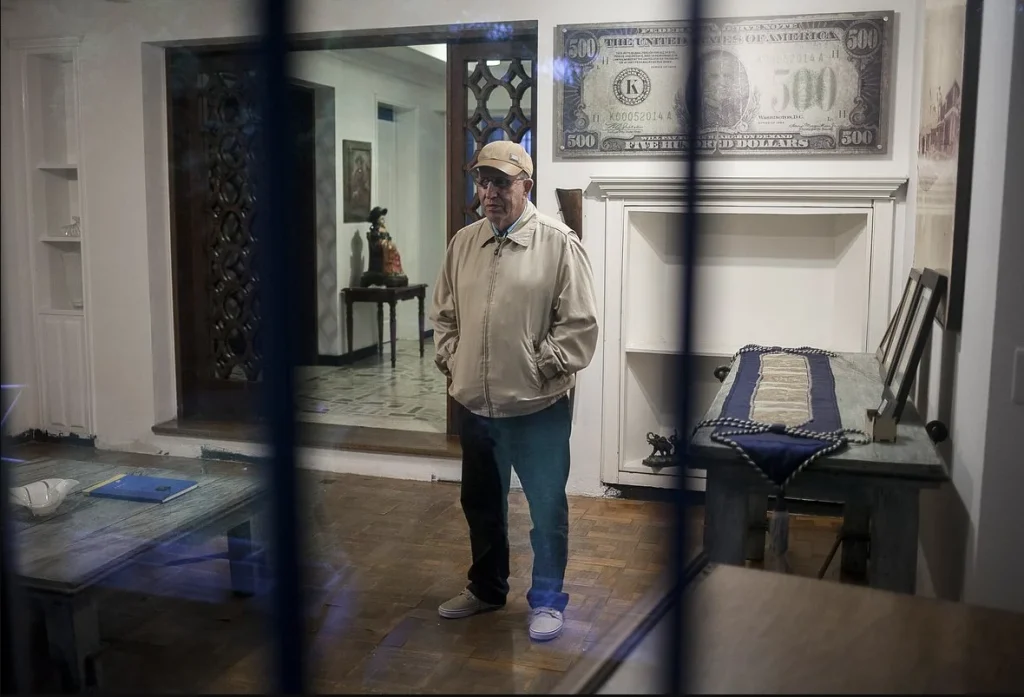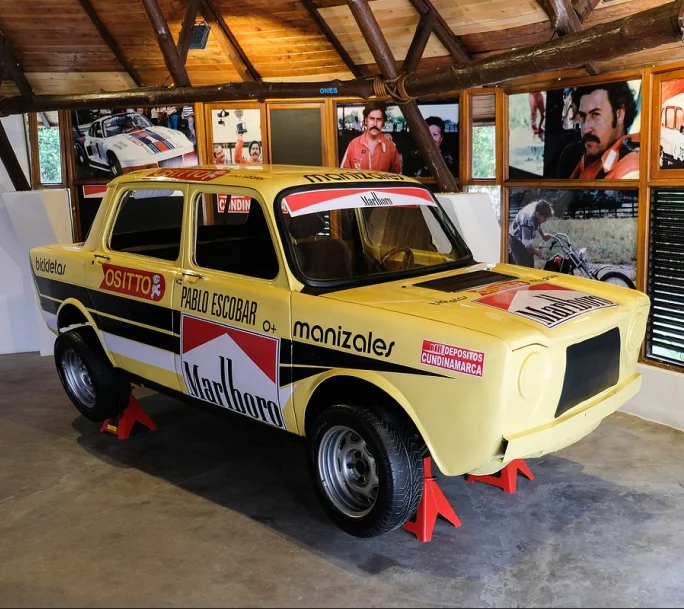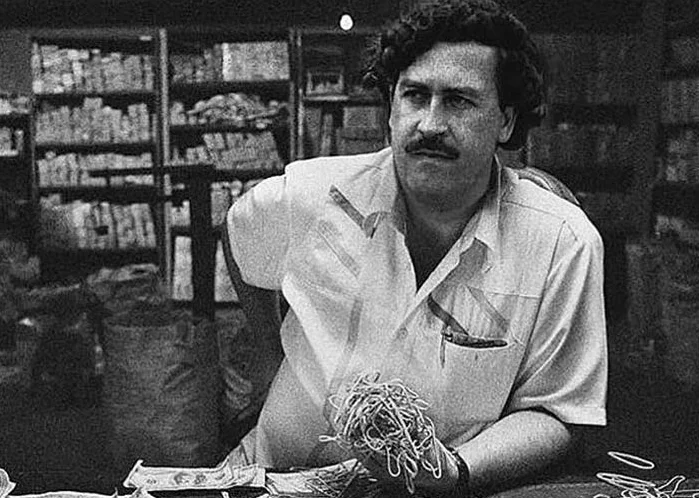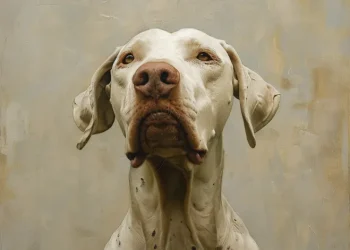Who will get Pablo Escobar’s priceless motorcycles, airplane and guns?
In late August, Nicolas Escobar – the nephew of the infamous head of the Medellin cocaine cartel Pablo Escobar – said his own father was threatening him because he had decided to take his famous uncle’s belongings. A month earlier, authorities in the Colombian city of Medellin demolished a building that for years housed a museum for Pablo Escobar, nicknamed the King of Cocaine. Officials say that the owner of the building, Roberto Escobar – the elder brother and chief treasurer of the deceased criminal – could not provide documents confirming the legality of the construction.
However, locals are sure that the main purpose of the administration was to destroy another place of worship of the boss, who during his lifetime became a criminal legend of global scale and was once on the list of the richest people on the planet.
When the bulldozer arrived at the museum building, there was nothing inside – Roberto Escobar had removed the exposition, leaving only an empty safe.

What was in the museum?
Escobar’s story is mythologized and turned almost into a medieval ballad. A young boy from a poor neighborhood plotted petty crime and then turned into a mafia boss and started helping the poor. He actually built many homes for the poor, hospitals and stadiums. Despite the fact that in the last years of his “career” a series of major terrorist attacks were carried out under his orders, Escobar still has plenty of admirers among the common people.
It is believed that in the mid-1980s Medellin cocaine cartel, which controlled 80 to 90 percent of the drug supply in the U.S., earning 240 million dollars a week. Escobar’s personal fortune was estimated at about 25-30 billion dollars, in 1989 he ranked seventh on the list of the richest people on the planet. There is a legend that in the late 1980s, one-third of all issued in the U.S. hundred-dollar bills were in the possession of Escobar and his cartel.
In the museum visitors could, for example, look at the scooters, which the future King of cocaine with a buddy used during robberies. The buddies painted the right side of the scooter red and the left side black. Police officers who saw him on the street from different angles talked on the radio about the different-colored vehicles and confused each other

In the late 1970s, Escobar was into racing, and the museum had one of his cars, a Renault sports car from those years. There was also his armored Mercedes, riddled with bullets. In the courtyard visitors could see a light airplane, on which, according to legend, Escobar personally transported the first cargo of cocaine to the U.S. (according to another version, he flew it to Panama for cartel money).
In addition, the museum had two Wetbike jet skis, made famous after the 1977 Bond episode “The Spy Who Loved Me” starring Roger Moore. Escobar saw the motorcycle in the movie and immediately ordered to get one for himself, becoming almost the world’s first private owner.
It is believed that the most valuable exhibits of the collection was one of the cars of the legendary American robbers Bonnie and Clyde and a pistol, allegedly belonging to Al Capone himself. The authenticity of these items has never been verified, but the fact that they were owned and believed to be real by Escobar makes them a real treasure for collectors. And all this, not counting the many rare original photographs, designer clothes from the world’s best fashion designers and luxury motorcycles and cars.















